Pea Kelvedon Wonder Growing Advice
Sowing
Begin sowing outdoors from March to June in a sunny, sheltered location with fertile, moist, but well-drained soil. A second sowing in mid-June extends the cropping period and helps avoid damage from pea moths. Sow seeds 5cm deep, ensuring adequate moisture. For container gardening, sow about 10 seeds directly into the compost in a 35cm pot.
Indoor Sowing
You can also start seeds indoors using quality compost in modular trays. Sow one seed per module, 5cm deep, and transplant outdoors approximately four weeks later.
Spacing for Optimal Growth
Maintain a distance of 15cm between plants in a row and 45cm between rows when planting out or thinning seedlings. Although a dwarf variety, providing support with twigs up to 60cm above the ground is recommended. This prevents plants from flopping over, reduces disease risk, and facilitates harvesting.
Plant Care Tips
Keep the soil well-hoed and weed-free. Protect peas from birds, mice, and slugs. Use horticultural fleece between June and August to prevent pea moth infestations.
Watering and Mulching Advice
Water plants regularly during dry periods, ensuring that the soil remains moist but well-drained. Apply a layer of mulch around the base of the plants to conserve moisture and provide additional nutrients.
Harvesting
Harvest Pea Kelvedon Wonder from June to September. Regularly pick dark green, pointed pods with small, sweet, round peas. Edible flowers make a lovely addition to salads.
Pest & Disease Prevention
This pea variety has good disease resistance and is less affected by common pests. Monitor for caterpillars and remove if found. Practice proper crop rotation, avoid planting peas in the same location for two consecutive seasons, and add well-rotted organic matter to the soil before planting to minimize disease risk. Save seeds from this open-pollinated variety for true-to-type plants next year. Pea Kelvedon Wonder received the RHS Award of Garden Merit in 1997, reconfirmed in 2012 trials.

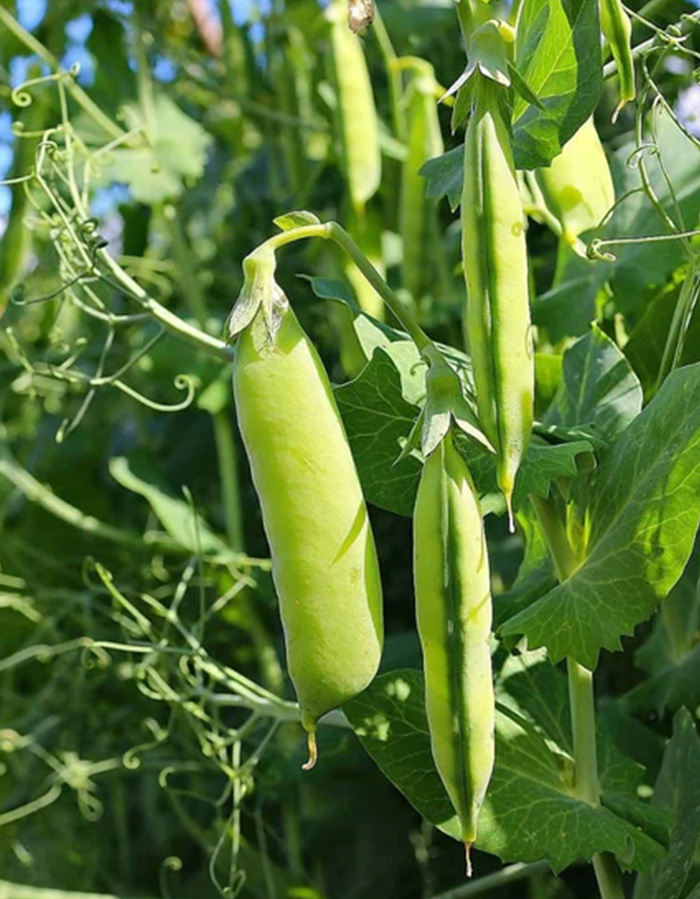
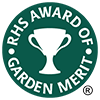
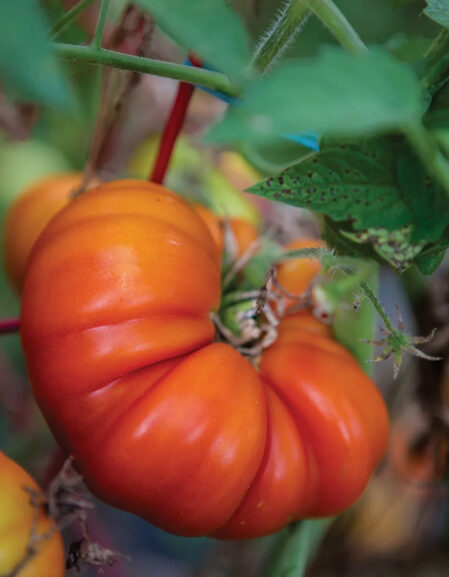
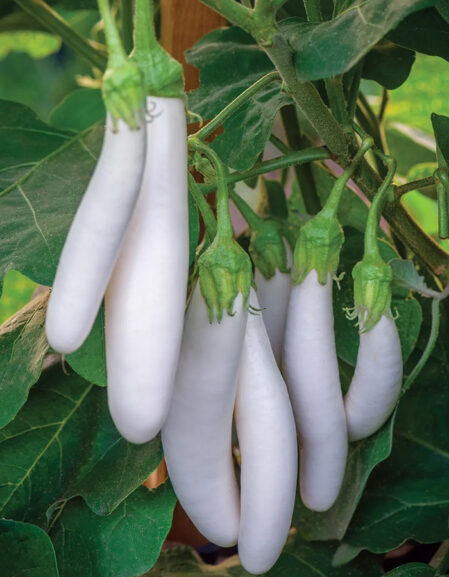
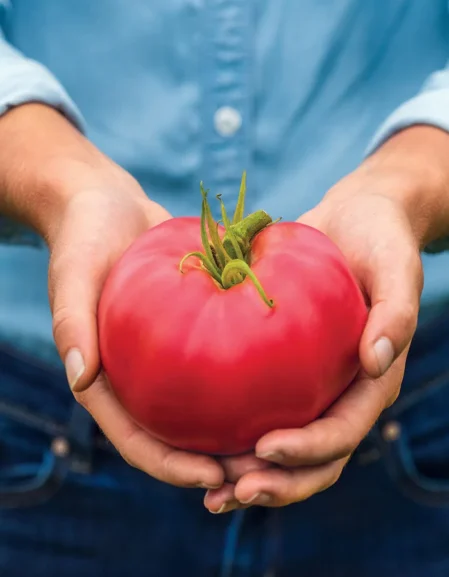

Tony (verified owner) –
Well packaged and looking forward to the growing season.